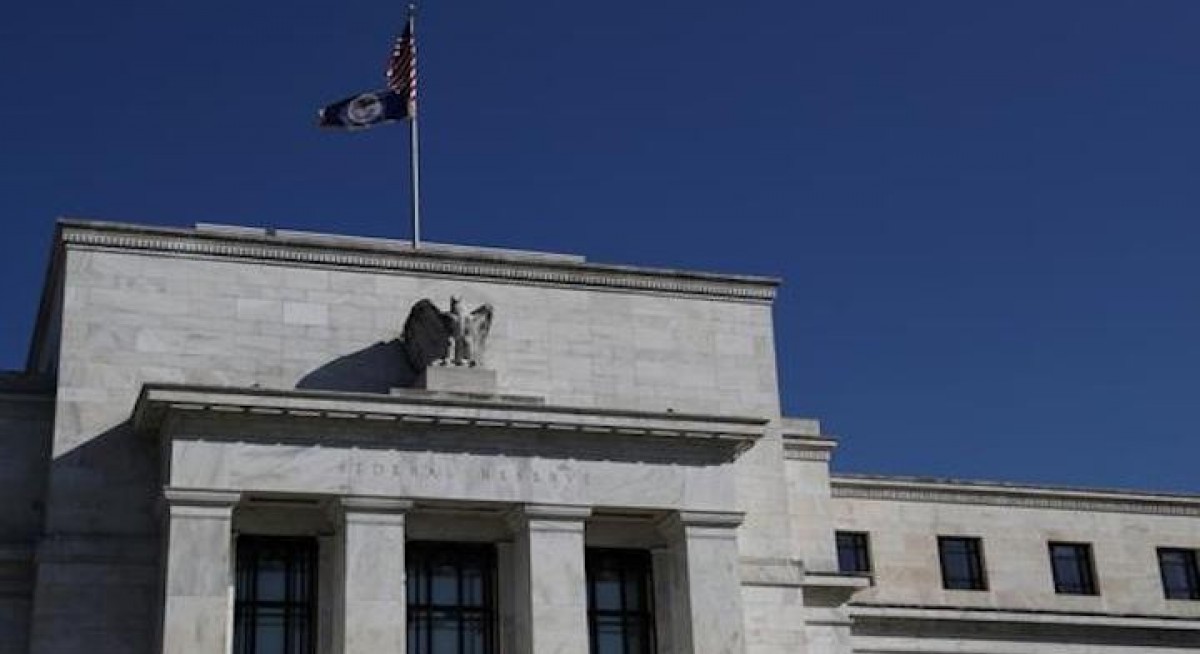The prospect of lower US rates has already triggered broad depreciation in the US dollar, as investors recalibrate expectations for interest rate differentials. “Market repricing of expectations for Fed cuts to 59 basis points (bps) by end-2025 pushed interest rate differentials against the USD and led the dollar to depreciate broadly. We continue to think this process will continue over the next year,” the duo adds.
With the US dollar weakening, Asian currencies are gaining strength. This currency appreciation is expected to give central banks across Asia more room to ease monetary policy without stoking inflationary pressures. “Stronger Asian currencies point to policy rate cuts across the region’s central banks. Stronger currencies and tariff reductions will keep Asian inflation below policy targets, yet real policy rates are well above historic norms in all countries. This monetary easing should support domestic demand and equities over the next several quarters,” say Nayer and Farris.
US data drives market volatility
Global equity markets were rattled in the week to Aug 4, with the MSCI ACWI down 2.5% and the S&P 500 losing 2.4%. The S&P 500 fell 1.6% on Friday (Aug 1), the worst daily return since May 21, as investors responded to signs of a cooling US job market. Asia Pacific ex-Japan equities also lost 2.6% in USD terms. The weakness in US data spurred a rally in US Treasuries, with the 10-year yield falling by 14 bps on Friday alone.
See also: Beyond AI, formal retail, luxury and financial sectors are growth stories to watch next year: HSBC
Emerging markets were not immune, with the MSCI Emerging Markets Index down 2.5% over the week. Yet, dollar weakness is expected to encourage flows into emerging markets in the coming months. “Periods of USD trend weakness have historically been periods of robust performance of emerging market equities. Flows so far this year show that dollar weakness encourages diversification flows away from US markets,” say Nayer and Farris.
Despite the market volatility, the environment is turning more supportive for Asian risk assets. As the US rate hike cycle draws to a close, Asian policy rates are likely to come down from elevated levels. “Asian currency strength facilities monetary policy easing that, with a lag, supports growth in domestic demand that itself supports earnings growth. We expect this process to play out later this year and into the first half of 2026,” say the duo.
On the data front, the FTSE Straits Times Index closed at 4,153.83 on Aug 1, down 2.52% for the week. Other major Asian indices also saw declines, with the Hang Seng Index down 3.47% and Korea’s KOSPI off 2.40%. However, the fundamentals for the region are improving as inflation remains contained and rate cuts loom.
With policy easing on the horizon and global investors likely to diversify out of US assets, Asian equities and bonds are expected to see renewed interest. “This monetary easing should support domestic demand and equities over the next several quarters,” reiterates Nayar and Farris.




